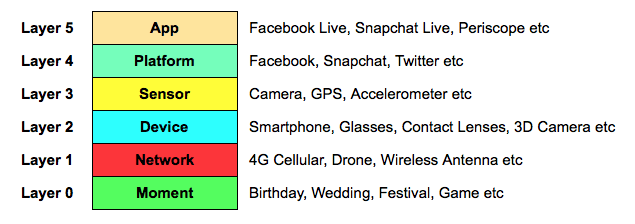Sure, you might have a mobile marketing plan. But is it innovative?
In 2016, run-of-the-mill approaches won't take you very far; and, although most mobile marketers follow year-long plans, the fact is effective mobile marketing requires constant innovation.
If you want to stay ahead, check out the following tips, guaranteed to boost your results.
Tip One: Get Tight with Video Ads
Today, 80 percent of Internet users carry smartphones, and buyers are responding to video ads at alarming rates. You can benefit massively from video advertising.
Tip Two: Get Automated with SMS
Did you know you can automate your own SMS campaigns? Better yet, you can segment your audience and shoot out customized text messages. To get automated with SMS, contact a trustworthy provider. Textpedite, among others, streamlines the process.
Tip Three: Distribute an App
Americans currently spend more time using mobile apps than they do watching television. By incorporating an app into your plans, you'll give your brand greater meaning. Marketers are already reworking their entire strategies around apps (airlines, for example, are offering “nearby eatery” apps to frequent flyers). But make your app count, if you want to see it used.
Tip Four: Gain Data from SMS Surveys
Feedback means a lot to customers, and it's easy to conduct business when you know your customers' wants, needs and buying habits. SMS surveys procure a wealth of data and can garner otherwise unobtainable feedback.
Feedback means a lot to customers, and it's easy to conduct business when you know your customers' wants, needs and buying habits. SMS surveys procure a wealth of data and can garner otherwise unobtainable feedback.
Tip Five: Create a Social Campaign
In today’s mobile world, antisocial companies drop like flies, while companies like Starbucks win big. The brand’s “Race Together” and “Create Jobs for the USA” campaigns proved that promoting altruistic causes works. Sure, goodwill is a byproduct of powerful business practices; but it’s also a byproduct of social outreach.








